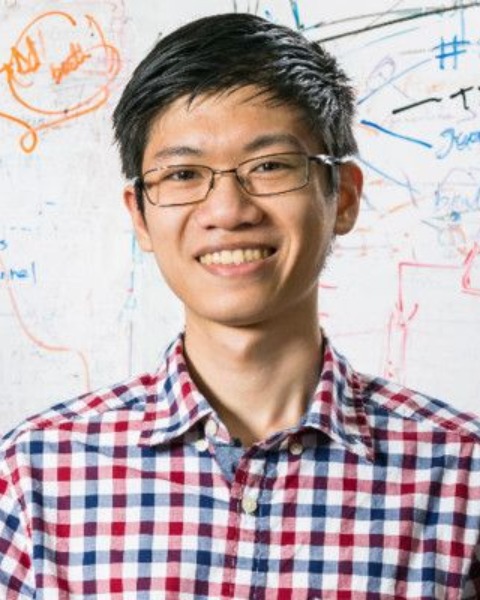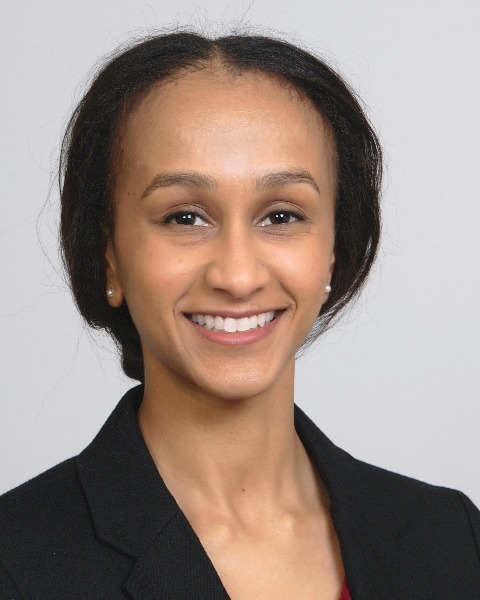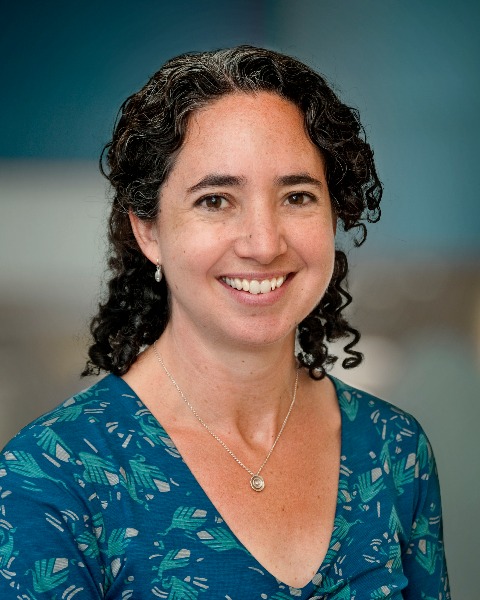Research (R)
PP1325 - Otoacoustic Emission Testing via a Smartphone

Justin Chan, PhD student (he/him/his)
PhD student
University of Washington
University of WashingtonDisclosure(s): Wavely Diagnostics: Intellectual Property/Patents (Ongoing), Ownership Interest (Ongoing), Patent Holder (Ongoing), Stockholder/Ownership Interest (excluding diversified mutual funds) (Ongoing)

Nada Ali, MD (she/her/hers)
Resident Physician
University of Washington
Seattle, WashingtonFinancial Disclosures: I do not have any relevant financial relationships with anything to disclose.
Non-Financial Disclosures: I do not have any relevant non-financial relationships with anything to disclose.- AN
Ali Najafi
Financial Disclosures: I do not have any relevant financial relationships with anything to disclose.
Non-Financial Disclosures: I do not have any relevant non-financial relationships with anything to disclose. 
Anna Meehan, AuD, CCC-A (she/her/hers)
Clinical Research Coordinator II
Seattle Children's Hospital
Snoqualmie, WashingtonFinancial Disclosures: I do not have any relevant financial relationships with anything to disclose.
Non-Financial Disclosures: N/A.jpg)
Lisa Mancl, MS
Pediatric Audiologist, LEND Faculty
University of Washinton
University of Washington, WashingtonFinancial Disclosures: I do not have any relevant financial relationships with anything to disclose.
Non-Financial Disclosures: I do not have any relevant non-financial relationships with anything to disclose.
Emily Gallagher, MD, MPH (she/her/hers)
Associate Professor, Attending Pediatrician
University of Washington, School of Medicine
University of Washington
Seattle, WashingtonFinancial Disclosures: I do not have any relevant financial relationships with anything to disclose.
Non-Financial Disclosures: I do not have any relevant non-financial relationships with anything to disclose.- RB
Randall Bly
Financial Disclosures: I do not have any relevant financial relationships with anything to disclose.
Non-Financial Disclosures: I do not have any relevant non-financial relationships with anything to disclose. - SG
Shyam Gollakota, PhD
University of Washington
Financial Disclosures: I do not have any relevant financial relationships with anything to disclose.
Non-Financial Disclosures: I do not have any relevant non-financial relationships with anything to disclose.
Lead Presenter(s)
Contributor(s)
Summary:
Rationale: The largest burden of hearing loss falls on low- and middle-income countries (LMICs). Although hearing loss can negatively harm neurodevelopment of patients, especially if untreated during early childhood, test equipment to screen for hearing loss using otoacoustic emissions remains expensive costing thousands of dollars, making screening challenging in LMICs. In this study, our goal is to evaluate the performance of a $10 otoacoustic emission probe connected to a smartphone to perform hearing screening, in comparison to an existing commercial OAE device.
Objective: In this study, we aim to design and evaluate the performance of a low-cost, $10 otoacoustic emission probe (OAE) connected to a smartphone for hearing screening in the neonate and pediatric population. We also aim to compare the performance of our device in parallel with an FDA-cleared otoacoustic emission device during patient testing.
Design: We present the design of a low-cost otoacoustic emission probe that can be constructed for $10 using commodity earphones, and microphones. In our design, we send two tones through each earbud on the earphone in order to elicit distortion-product OAEs from the cochlea. Our probe is connected to a smartphone via a 3.5mm jack which is used to record the DPOAEs produced by the cochlea and run real-time algorithms to reduce the amount of noise in the measurement and perform automatic screening at frequencies from 1 to 5 kHz. We also implement an algorithm to detect noisy measurements and let the user know if the measurement should be performed again. Finally, we devise a sound-level calibration procedure and a probe integrity check.
Results: We ran a clinical study across three different sites in otolaryngology and craniofacial clinics and tested our device on 201 patient ears between 1 week and 20 years of age (mean age 6 ± 6 years, female-to-male ratio of 0.72). Of these ears, 135 of them had normal hearing, 38 of the ears had sensorineural hearing loss, 13 of the ears had conductive hearing, and 9 of the ears had mixed hearing loss. Our device obtained a sensitivity of 100.0% (95% confidence interval (CI), 94.7–100.0%) and a specificity of 88.9% (95% CI, 82.5–93.1%), which was comparable to the performance of the commercial FDA-cleared device.
Conclusions: Our device has the potential to increase access to hearing screening especially for those that reside in LMICs, where cost is often a major barrier towards using existing commercial OAE devices. We have presented this work to government officials at the Ministry of Health in Kenya as part of the TUNE (https://tune.cs.washington.edu/) program which is planning ways to thoughtfully work with local partners to deploy our device for pilot testing in selected primary care clinics.Learning Objectives:
